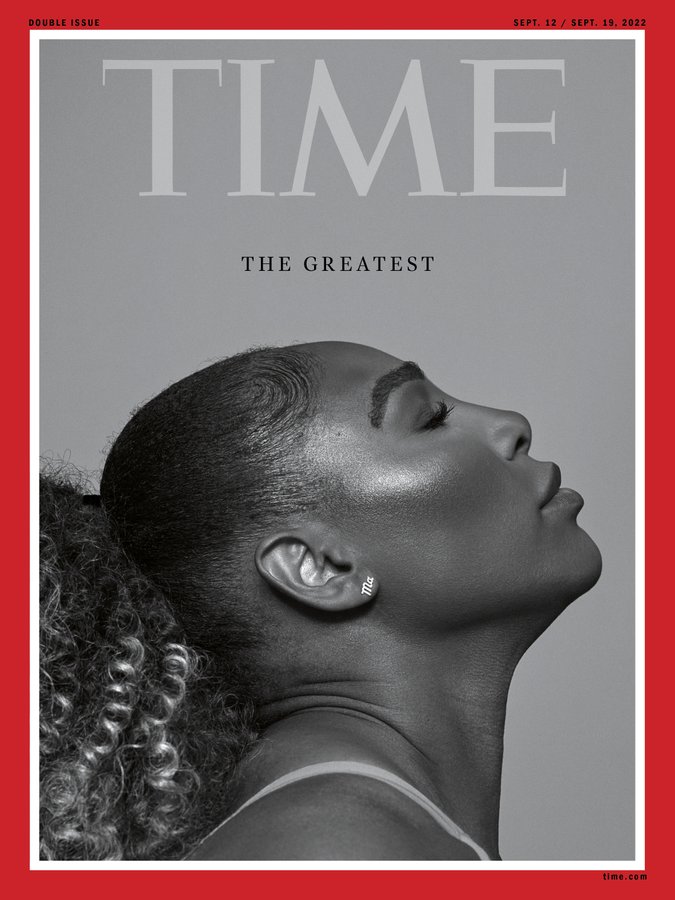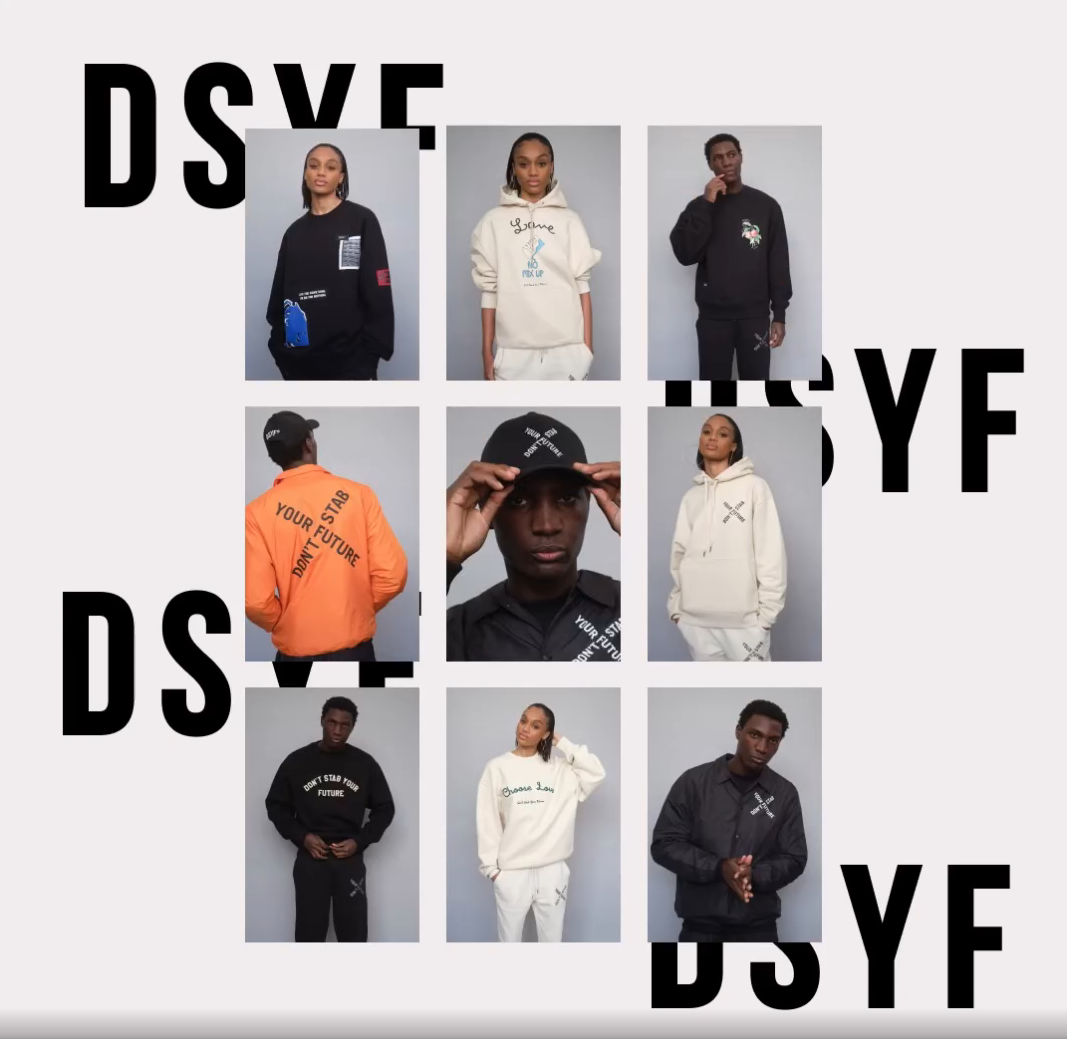-
AuthorPosts
-
-
Serena Williams:
The Greatest of
All Time.
“I don’t know any other person that has won a Grand Slam or a championship in the NBA or anything else nine weeks pregnant,”… “A two-week event. That tournament, I relied on my brain. An athlete isn’t just about what an animal you are physically, like a specimen. It’s using everything. Your mind, your body, everything. And doing that for 20 years. And doing it against people that come against you and play the best game of their life. Every single time.
“You can come to your own conclusion after that.”
Serena Williams, providing insights on her 2017 Australian Open win – without dropping a set. The 2017 victory broke Steffi Graf’s Open Era record for major titles.

Timeline and Achievements:
Born on September 26, 1981, Serena Williams boasts the third-longest period at the top of the food-chain in the Women’s Tennis Association‘s (WTA) ranking, following the likes of Steffi Graf and Martina Navratilova.
Williams achieved her first major, the 1999 U.S. Open, at 17, going on to excel at the pinnacle of women’s tennis, internationally, and becoming the fourth woman in the Open Era to win competitions in her teens, 20s, 30s and 40s; (winning four grand slam finals within six events late in her 30s – at a time when most players retire, or plummet in rankings) and accomplishing the feat of a ‘Serena Slam’ and a ‘Career Super Slam’ – involving championships at all four Grand Slam tournaments, a year-end championship and a gold medal at the Olympics. .
Influence:
Serena Williams was no doubt a fabulous competitor, but also a deeply symbolic figure.
Even as she retires, her legacy definitely lives on through Naomi [Osaka]; Coco [Gauff], Madison [Keys] and Sloane [Stephens], some of whom would never have picked up a tennis racket if it weren’t for Williams, watching her, in action, on the screen and realising that the No. 1 player in the world was someone who looked very much like them.
At the start of her career, Serena and her sister, Venus, wore braids with beads during tennis tournaments. Typically, this ostensibly small fashion choice was symbolic and carried a lot of meaning. The tennis world were unfamiliar with girls showing up gilded in ornaments and representing their African American cultural heritage, versus having to adorn accessories/garments/outfits, which were generally acceptable, in order to fit a particular narrative, or simply to blend in.
Serena Williams was not just inspired by sporting-women alone. An aspiring young competitive racing driver, Lewis Hamilton, took cues from her success, tenacity, patience and drive; and having the confidence and self-belief to do similar, and attain equal success.
Serena has also used her prominence to transform beauty standards, often in the face of hostility; and in helping put a spotlight on social inequality, raising funds for non-profit’s dedicated to racial justice and fighting mass incarceration.
Conclusion:
Williams’s ascension to the Greatest of All Time status can be fully appreciated by the sheer longevity of her career – with Serena playing Steffi Graf (born. 1969) in 1999, and Emma Raducanu, who was born in 2002 (during one of Williams’s most memorable seasons: when she won three grand slam titles, consecutively) playing Williams in the 2022 season.
For a young African-American girl, who has survived in spaces where she wasn’t welcomed, she has changed the game of tennis; and the way it is played. Her intelligence on the court, athleticism, serve, speed, dominance and competitiveness.
For us, Serena Williams’ story symbolises something much bigger – the promise of the herculean task ahead of every young person of African descent, and the confidence and self-belief, that they also can achieve success too.
-
-
AuthorPosts
You must be logged in to reply to this topic.









